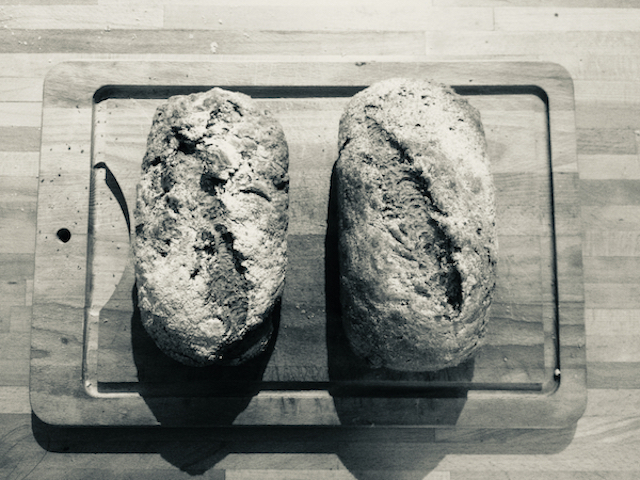There used to be a sign outside a bakery in London that said something along the lines of, ‘it’s the invisible ingredients – love, care and attention – that make our bread taste so good. This aphorism often comes to mind when I am running sessions on how to interpret a design brief. Understanding the ingredients can really help the design rise.
The visible ingredients in a design brief are what the client says they want. The invisible ingredients are the unexpressed, misunderstood or yet-to-be-thought of ingredients that are necessary to complete the recipe. It is the designer’s job work with the client to complete the recipe.
At Think Up we used to talk about there being four elements of a design brief: the explicit, the implicit, the assumed and the unknown. To that quartet I have since added the missing. Taking each of these store cupboard essentials in turn:
- The explicit is the set of instructions you get at the start of a project – the words on the page. Rather than an immutable set of instructions, this is the starting point for exploring what else is needed.
- The implicit is what the client means by what they say. When expressing what we want rather than what we have I think we have a tendency to be less precise and use metaphor. This seems a natural response to dealing with the imaginary, but it requires interpretation on our part.
- The assumed is what the client doesn’t think they need to say. It is also what we assume the client means that may not be true. Don’t be surprised to end up at different destinations if you don’t check your assumptions along the way.
- The missing is simply things the client forgot to tell us: missing info; forgotten requirements. It is not to be confused with the next category.
- The unknown is for me the most fascinating. It is the things the client doesn’t know they want because they haven’t realised it yet; the things that the process of design itself reveals to the client.
When I ask engineers what they find most frustrating out working with a client brief for a project, they often tell me it is the client changing their mind. What I encourage them to recognise is that this is a feature of the design process that they have to work with. As my Think Up colleague Ed McCann put it, this is the Designer’s Paradox – ‘you don’t know what you want until you know what you can have.’
The invisible ingredients in a design brief aren’t written down at the start. You have to make looking for them part of the cooking process. But it can’t all happen at the start – you and the client have to taste the mix along the way and adjust as necessary. Then you can have a design that really rises.


Leave a Reply